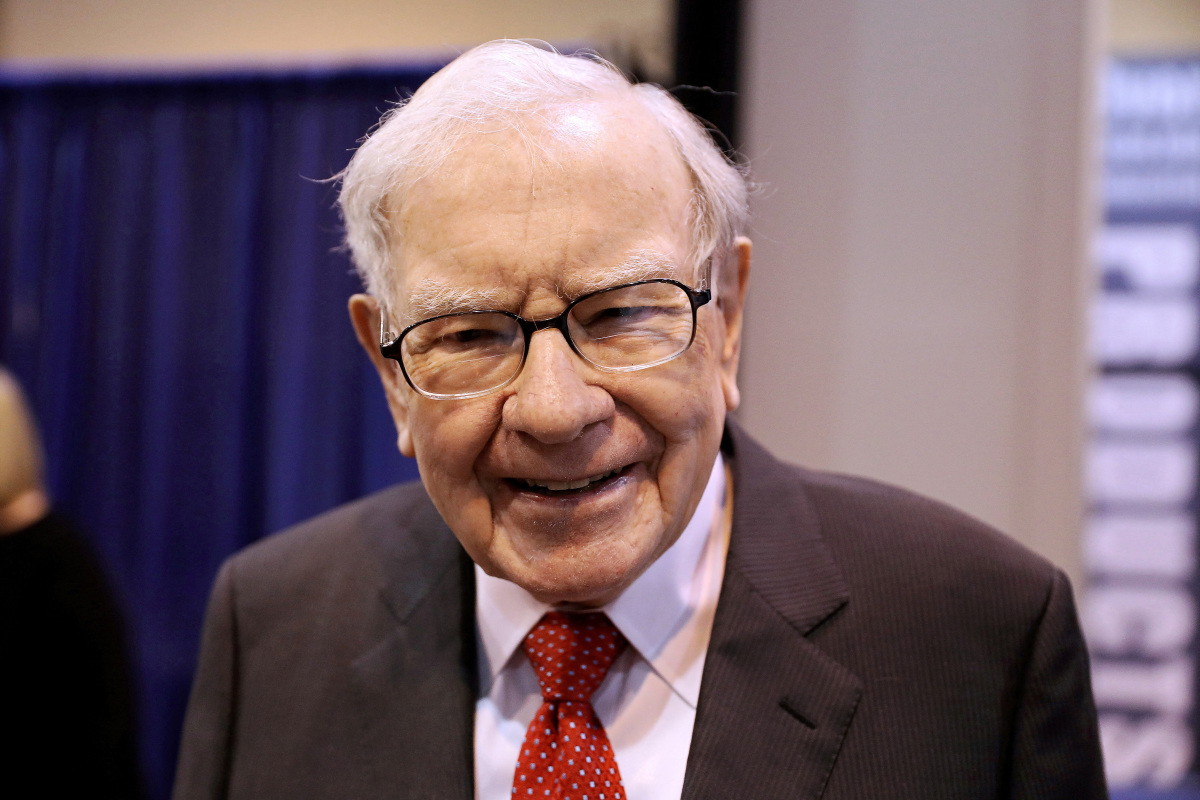Warren Buffett’s time-tested stock market valuation indicator reached an all-time high of 200% last week, surpassing a peak of 197% in November 2021. This implies that US stocks may be extremely overvalued. Shortly after the “Buffett Indicator” peaked in November 2021, the stock market entered a bear market.
The indicator divides the total market capitalisation of all US stocks by the most recent quarterly GDP estimate. According to a Fortune report, Buffett said the indicator, which compares the total stock market value to the national economy size, is “probably the best single measure of where valuations stand at any given moment.”
The US stock market’s total market cap of nearly $55 trillion is around double the annualised US GDP of about $27 trillion. Buffett added in the report that when the indicator reached an “unprecedented level” of 190% during the 2000 dot-com bubble, “that should have been a very strong warning signal.”
“For me, the message of that chart is this: If the percentage relationship falls to the 70% to 80% area, buying stocks is likely to work very well for you. If the ratio approaches 200% — as it did in 1999 and a part of 2000 — you are playing with fire,” according to the legendary investor.
The S&P 500 Is Trading At Dangerous Levels
In a recent note, B. Riley’s chief investment strategist, Paul Deitrich, cited the high reading on the Buffett Indicator while urging investors to tread markets carefully. In his monthly June commentary, Dietrich said the S&P 500 could nosedive by 48% from current levels of 5,450 when the stock-market bubble driven by the hype around AI pops and the US economy enters a recession.
“I believe the upcoming recession will result in a deeper stock market decline than we experienced in 2000 and 2008,” Dietrich wrote. He highlighted several factors that flash a warning sign for highly overvalued US stocks and an impending correction. For instance, the S&P 500’s historically low 1.35% dividend yield and the benchmark’s multi-decade high price-to-earnings (P/E) ratio and inflation-adjusted Shiller P/E ratio, excluding past recessions.
He also attributed gold prices jumping almost 20% to record highs over the past year to institutional investors aggressively buying the asset expecting a “major correction or stock market crash due to our wildly overvalued stock market and a slowing underlying economy.”
Dietrich predicted that interest rates would stay elevated for years to fight sticky inflation, and the government would be compelled to hike taxes to manage its budget deficit, ultimately dragging down the prices of stocks and real estate.
Buffett’s Indicator Needs Fine-tuning, Says Semper Augustus President
The president and chief investment officer at Semper Augustus Investments Group, Chris Bloomstran, said in a recent interview with Business Insider that Buffett’s indicator is worth considering despite being a flawed tool.
He said there may be “utility to it and that it’s most likely a mean reverting series, and there is validity to that.” Still, investors need to apply an “upward trend channel” to the indicator to price in today’s dynamic economy compared to the economy in previous eras of lower corporate margins, asset-heavy businesses, fragmented connectivity, and different inflation levels.
“So if profits are higher, profit margins are higher, naturally the price you pay for profits, the P/E multiple, if you hold P/Es constant, you’re applying it against the higher profit margins, so that’s going to drive up your market cap relative to GDP,” he explained. “You can’t say, compare today’s market to 2000 compared to 1929 because these metrics were so different at these different intervals.”
Despite the supposed shortcomings in Buffett’s Indicator, it is flashing a warning sign for investors, according to Bloomstran. “I think it’s screaming the cap-weighted stock market, the Wilshire 5000, the S&P 500, is incredibly dangerous today. I think if you own the S&P 500 in a cap-weighted setting, you’re in for trouble,” he concluded.
Disclaimer: Our digital media content is for informational purposes only and not investment advice. Please conduct your own analysis or seek professional advice before investing. Remember, investments are subject to market risks and past performance doesn’t indicate future returns.







